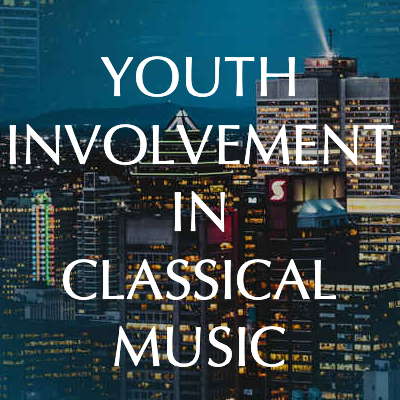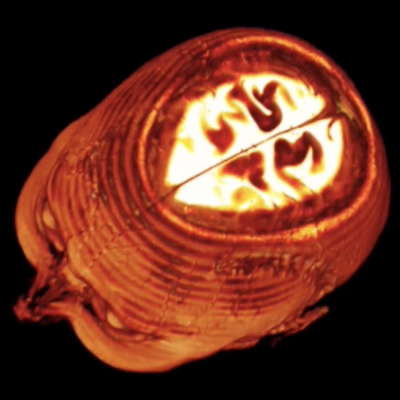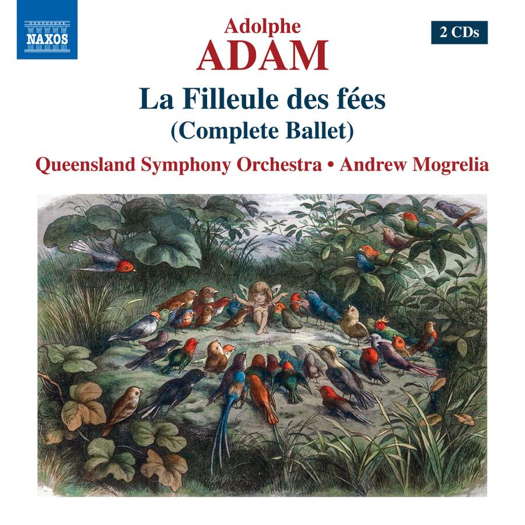- Naxos Music Group
- Mengelberg
- Aage Haugland
- Karl-Birger Blomdahl
- Naomi Atherton
- Clive Myrie
- Sibelius: En Saga
- Sophie Cotton
 VIDEO PODCAST: John Dante Prevedini leads a discussion about Youth Involvement in Classical Music - this specially extended illustrated feature includes contributions from Christopher Morley, Gerald Fenech, Halida Dinova, Patricia Spencer and Roderic Dunnett.
VIDEO PODCAST: John Dante Prevedini leads a discussion about Youth Involvement in Classical Music - this specially extended illustrated feature includes contributions from Christopher Morley, Gerald Fenech, Halida Dinova, Patricia Spencer and Roderic Dunnett.
 DISCUSSION: Composers Daniel Schorno and John Dante Prevedini discuss creativity, innovation and re-invention with Maria Nockin, Mary Mogil, Giuseppe Pennisi and Roderic Dunnett.
DISCUSSION: Composers Daniel Schorno and John Dante Prevedini discuss creativity, innovation and re-invention with Maria Nockin, Mary Mogil, Giuseppe Pennisi and Roderic Dunnett.

A True Rarity
Adolphe Adam's ballet 'La filleule des fées', heard by GERALD FENECH
'... brilliant orchestration, some knock-out tunes and an abundance of rhythmic energy.'
Adolphe Adam was born on 24 July 1803 to a prolific Alsatian composer and the daughter of a physician. Since childhood Adolphe showed signs of his love for music. His joy was to improvise rather than study seriously. His father, though a musician himself, was against the idea of his son following in his footsteps, but the boy was determined to become what he wanted, and he studied and composed secretly under the tutelage of his older friend Ferdinand Herold, an established composer of the day.
Aged seventeen, he started to study at the Paris Conservatoire, after his father relented to his son's desire. At the Conservatoire his teacher was none other than the famous Francois-Adrien Boieldieu, and the young Adolphe was soon making a name for himself. In 1825 he helped the same Boieldieu to prepare parts for his renowned opera La Dame Blanche, and by that time he was already making enough money to travel through Europe.
By 1830 he had completed twenty-eight works for the theatre, a staggering number for so young a composer. Today Adam is mainly remembered for his ballets Giselle and Le Corsaire and a couple of operas, Si j'etais Roi and Le Postillon de Lonjumeau. The carol O Holy Night is also in this category. After quarrelling with the director of the Opera, he invested his money and borrowed heavily to open a fourth Opera House in Paris, but the 1848 Revolution crushed this project altogether, and he was left with massive debts. He spent the last four years of his life teaching at the Paris Conservatoire. He died on 3 May 1856 aged just fifty-three, and is buried in Montmartre Cemetery.
Adam's legacy was one of the most important developments of the French Romantic Period. He is considered as the 'father' of the French Romantic ballet which reached its zenith with Delibes, and his music has been enchanting audiences for the last one-hundred-and-seventy years. Indeed, he composed thirty-nine operas and fourteen ballets, but, incredibly, many of his works are still waiting to see the light of day.
La filleule des fées (The Fairies' God-daughter) was premiered in Paris on 8 October 1849 to great success.
Listen — Adam: No 3 (Prologue) (La filleule des fées)
(track 3, 0:00-0:49) ℗ 2002 Naxos Rights US Inc :
Alfred de Saint Julien helped Adam in his composition, and the premiere was danced by Carlotta Grisi. This ballet was to be Grisi's last performance in Paris. Soon after she left for Russia, where she ended her career.
Listen — Adam: Marche lointaine (Tableau 2) (La filleule des fées)
(track 23, 2:02-2:59) ℗ 2002 Naxos Rights US Inc :
The story of the ballet is very much akin to that of Giselle which, incidentally, was first performed by Carlotta Grisi in 1841. The goings-on are more complicated, but there is a happy ending that makes this work more pleasurable. Ysaure, the heroine, has two good fairies as godmothers and one evil one, who on the day of Ysaure's christening was turned away as she was going to be the thirteenth guest at the feast. When the heroine is courted by a prince and a peasant respectively, the wicked fairy gives Ysaure a face of incomparable beauty, so that anyone who gazes upon her will go mad. Indeed, Alain the peasant does go mad, but when the prince is about to fall into the same mishap, the good fairies take away his sight, thus preventing him from going mad. After two scenes, in which the protagonists battle things out, there is a reconciliation and the ballet ends on a joyous note.
Listen — Adam: Divertissement final (La filleule des fées)
(track 42, 4:19-5:19) ℗ 2002 Naxos Rights US Inc :
Although La filleule des fées does not possess the precision and intensity of Giselle, the work all the same caused a sensation, because, for the first time, electric light and fountains were used. It might also be of interest to know that choreographer Jules Perrot and Lucien Petipa both danced in the premiere. This piece is a true rarity, but there is so much to enjoy: brilliant orchestration, some knock-out tunes and an abundance of rhythmic energy. This album is a reissue of the original Marco Polo recording taped in 1996, which received some excellent reviews. If you missed it then, this is your chance to get it. Just go for it.
Copyright © 9 May 2021
Gerald Fenech,
Gzira, Malta

CD INFORMATION -ADOLPHE ADAM: LA FILLEULE DES FÉES
MORE CLASSICAL MUSIC ARTICLES ABOUT FRANCE


